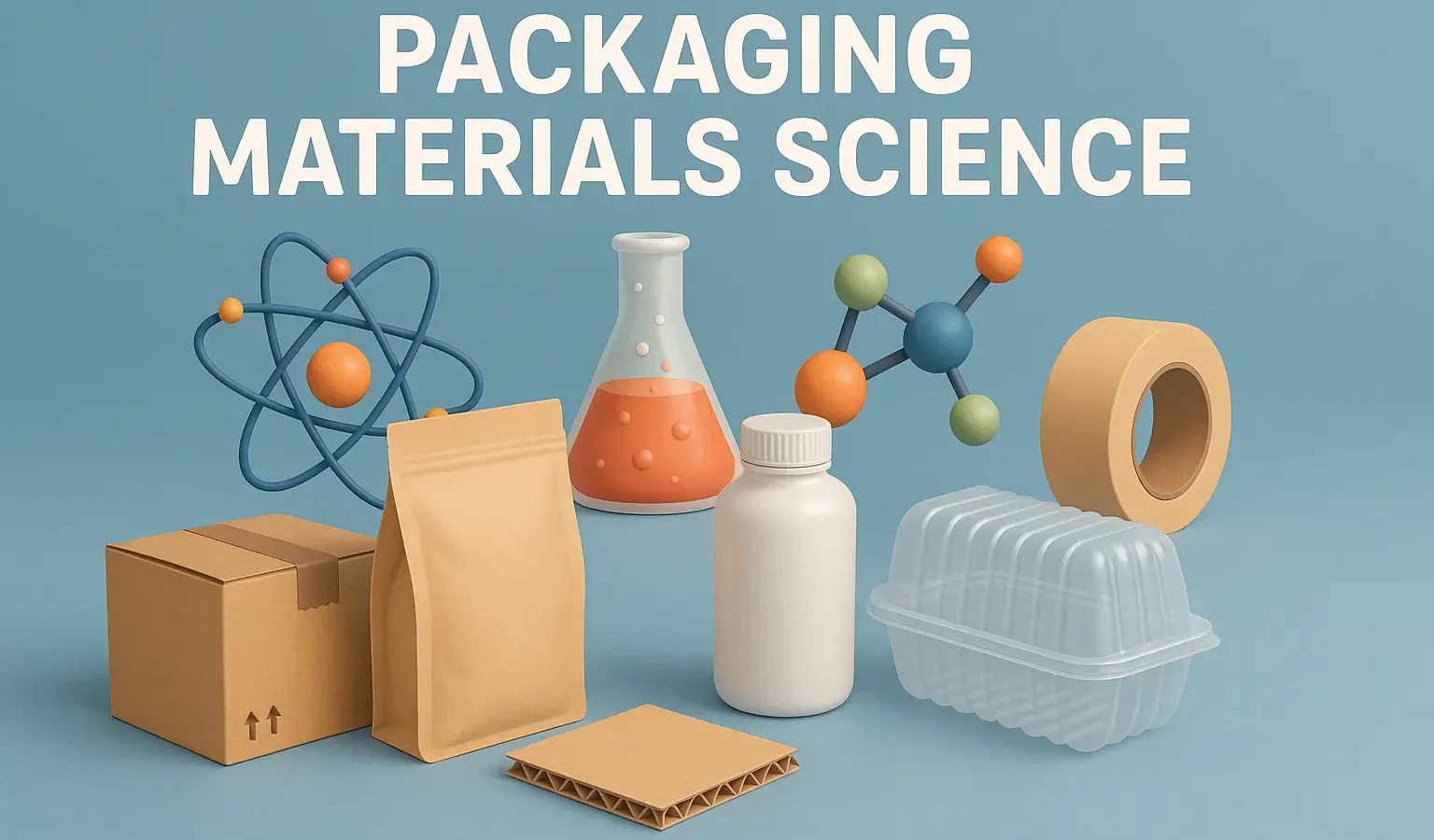- Packaging Materials Science focuses on the design and selection of materials to protect pharmaceutical and consumer products.
- Packaging Materials Science also studies material properties like barrier strength, compatibility, and stability for safe storage.
- Pharmaceutical packaging materials must meet stringent requirements for compatibility, safety, and protection from environmental factors.
- The primary classes of materials include:
Glass:
Types:
- Type I (Borosilicate Glass): Used for highly sensitive or parenteral formulations due to its superior chemical resistance and inertness.
- Type II (Treated Soda-Lime Glass): Often employed in less demanding applications where some ion exchange is acceptable.
- Type III (Soda-Lime Glass): Used for oral and topical formulations, but less ideal for sensitive drugs due to its higher reactivity.
Properties:
- Inert nature minimizes the risk of chemical interaction.
- Excellent barrier properties against gases and moisture.
- Fragile and heavier compared to other materials.
Plastics:
Materials Commonly Used:
- Polyethylene (PE): Good chemical resistance and flexibility; available as high-density (HDPE) for bottles.
- Polypropylene (PP): Lightweight, has good heat resistance, and is often used for caps and closures.
- Polyethylene Terephthalate (PET): Noted for its clarity, strength, and barrier properties; frequently used for pre-filled syringes and vials.
- Polyvinyl Chloride (PVC): Often used in combination with plasticizers for flexible packaging applications but may require careful formulation to avoid leachables.
- Other Specialty Polymers: Such as cyclic olefin copolymers (COC) or cyclic olefin polymers (COP) which offer excellent optical clarity, low extractables, and high chemical resistance.
Advertisements
Properties:
- Lightweight and less brittle than glass.
- Versatile in design (flexible, semi-rigid, or rigid structures).
- May interact with certain formulations if not properly selected or treated.
Metals:
Common Metals:
- Aluminum: Widely used for blister packs and secondary packaging; excellent barrier properties and corrosion resistance.
- Stainless Steel: Used primarily in specialized containers, such as for parenteral packaging or controlled substances.
Properties:
- High durability and integrity under mechanical stress.
- Can act as an effective barrier against light, oxygen, and moisture.
- Often combined with inert coatings or liners to prevent interaction with pharmaceutical products.
Composites and Multi-layer Materials:
Examples:
- Blister Packs: Often comprise a combination of aluminum foil (providing moisture and oxygen barrier) laminated with polymeric layers (providing mechanical strength and adhesion).
- Multi-layer Bottles: May use inner polymer layers for drug compatibility and outer layers for mechanical strength.
Properties:
- Designed to maximize the individual benefits of each material used, such as combining barrier properties with strength and manufacturability.
- Complex design may lead to challenges in recyclability and environmental impact.
Advertisements

